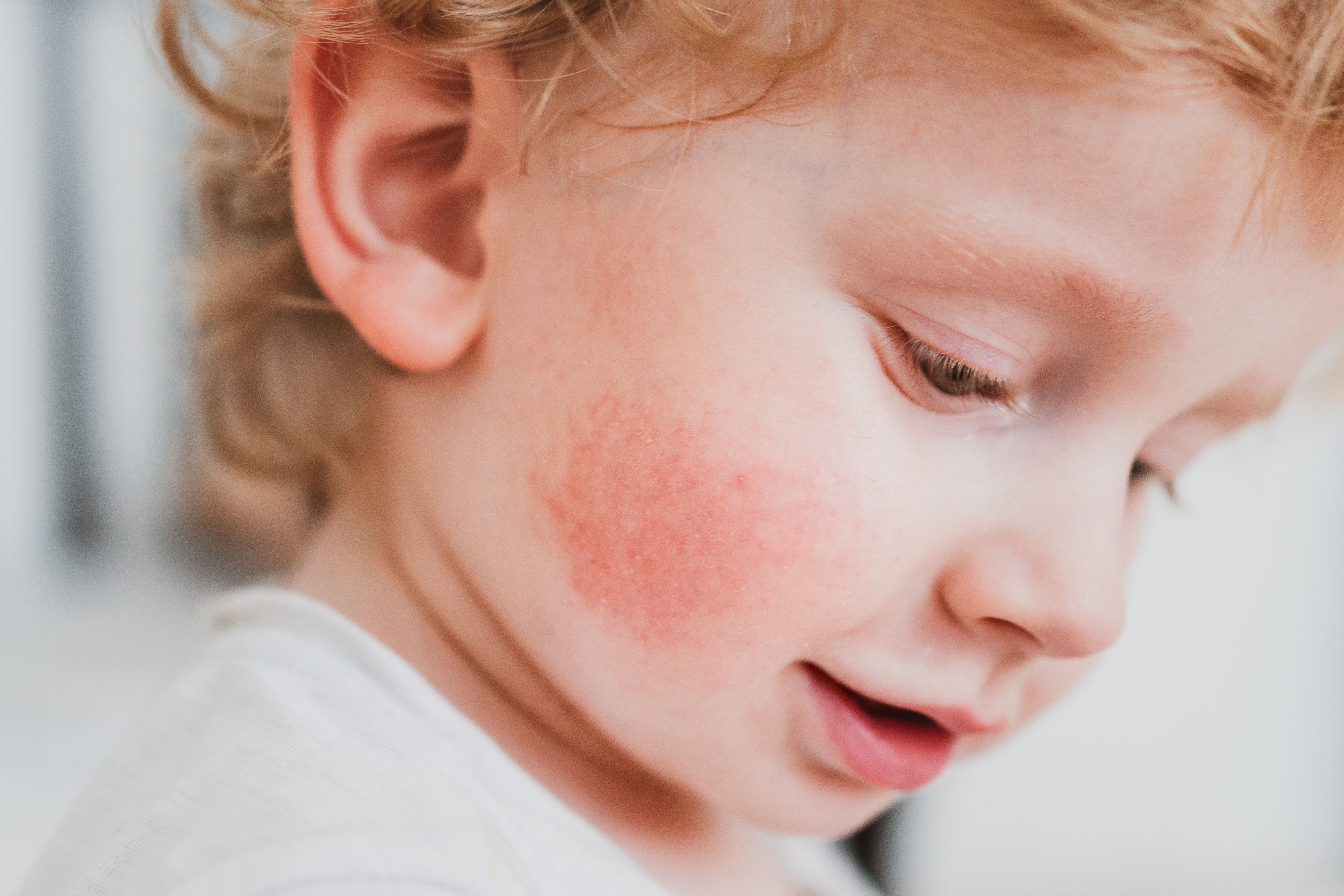- Acne
- Actinic Keratosis
- Aesthetics
- Alopecia
- Atopic Dermatitis
- Buy-and-Bill
- COVID-19
- Case-Based Roundtable
- Chronic Hand Eczema
- Chronic Spontaneous Urticaria
- Drug Watch
- Eczema
- General Dermatology
- Hidradenitis Suppurativa
- Melasma
- NP and PA
- Pediatric Dermatology
- Pigmentary Disorders
- Practice Management
- Precision Medicine and Biologics
- Prurigo Nodularis
- Psoriasis
- Psoriatic Arthritis
- Rare Disease
- Rosacea
- Skin Cancer
- Vitiligo
- Wound Care
Article
Prenatal Antibiotic Use Increases Risk of Childhood Atopic Dermatitis
Author(s):
Children of mothers who took more than 5 courses of antibiotics during pregnancy were at the highest risk.
To assess whether use of antibiotics during pregnancy leads to an increased risk of a child developing atopic dermatitis (AD), researchers performed a population-based cohort study. They found that prenatal antibiotic use led to a slightly higher risk of a child developing AD, and that the association increased with more courses of antibiotics.1
The use of antibiotics during pregnancy requires a determination of risk versus benefit for both the mother and child. Although many antibiotics are considered to be safe during pregnancy, including beta-lactams, macrolides, clindmycin, and fosfomycin, more research is necessary to determine the safety of other classes of antibiotics.2
Using data collected from the Taiwan Maternal and Child Health Database from 2009 to 2016, study authors identified 1,288,343 mother-child pairs in which 39.5% of mothers took antibiotics prenatally. Associations were identified using Cox proportional-hazards model. The authors adjusted for several potential covariates, including maternal atopic disorders and infections during pregnancy.
A slight positive association for childhood AD was found among mothers who took antibiotics during pregnancy, particularly when taken during the first and second trimesters (aHR 1.04, 95% CI 1.03–1.05). Researchers observed a dose-response pattern with an 8% higher risk of a child developing AD when the mother had taken 5 or more courses of antibiotics during pregnancy (aHR 1.08, 95% CI 1.06–1.11).
“Subgroup analysis showed the positive association remained significant regardless of postnatal infant antibiotic use, but the risk attenuated to null in infants who were not exposed to acetaminophen (aHR 1.01, 95% CI 0.96–1.05),” researchers reported.
Authors also found that postnatal antibiotic or acetaminophen use among infants was associated with a higher likelihood of developing AD after 1 year of age.
Researchers concluded that use of antibiotics by the mother during pregnancy was associated in a dose-related manner with a higher risk of childhood AD.
Reference
- Chang Y-C, Wu M-C, Wu H-J, Liao P-L, Wei J-C. Prenatal and early-life antibiotic exposure and the risk of atopic dermatitis in children: A nationwide population-based cohort study. Pediatr Allergy Immunol. 2023; 34:e13959. doi:10.1111/pai.13959
- Bookstaver PB, Bland CM, Griffin B, Stover KR, Eiland LS, McLaughlin M. (2015), A Review of Antibiotic Use in Pregnancy. Pharmacotherapy, 35: 1052-1062. https://doi.org/10.1002/phar.1649
Newsletter
Like what you’re reading? Subscribe to Dermatology Times for weekly updates on therapies, innovations, and real-world practice tips.












